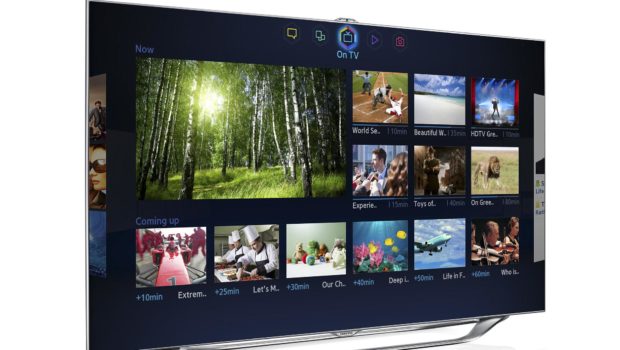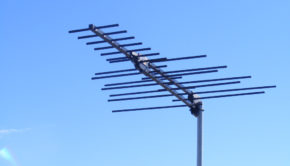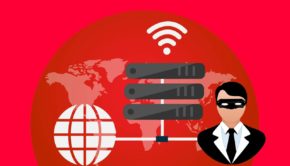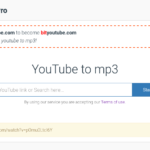Your TV Listens and Watches More Than You Think
The TV used to be one-way traffic—it only delivered content to viewers. That has changed significantly, though. Today, TV is two-way traffic. In addition to delivering content to viewers, it also collects data in the form of viewership habits, audio, and even images from the viewer’s surroundings. It then sends it back to the set manufacturer, content provider, and the internet service provider (ISP).
That is why, today, it is essential to have a VPN on your TV. And there are four things a VPN can do for your Smart TV; it secures it, allows you to stream restricted content, Avoid data caps or throttle, and protects your privacy.
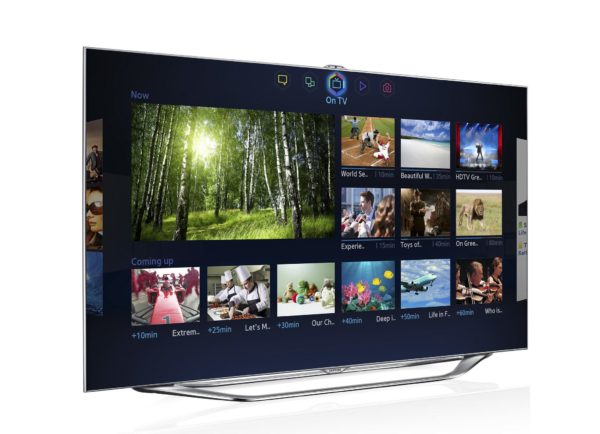
But how did we reach here?
Indeed there was a time when the TV knew nothing about the people viewing it. And that meant viewers remained mostly anonymous.
TV, as a mass communication tool, has been around since the 1950s. It was a disruptive innovation. For the first time in human history, images could be carried over long distances and displayed in real-time.
In the next five decades, this mass information consumption mode grew to become the center of our lives. It took the most vantage points in the living rooms around the globe.
In the same period, it has also gone through significant changes. The most important of which is how it relates to viewers. Until the end of the century (and the millennium), the TV was mostly one-way traffic. Information moved only from the studios to the screens in homes and hotels.
However, knowing the viewer has always been critical.
In the old architecture, the TV broadcasting company knew almost nothing about those watching. However, just as today, it was important for the broadcaster to know who was watching their programs.
That could help them understand the effectiveness of their content. It could also help them know how to package it better. More importantly, though, they needed to know the viewers and their habits to show them the most relevant ads at the most appropriate time.
From the earliest days, the TV business was designed so that it was the advertisers who paid for its operations. Of course, the viewers would unknowingly refund the advertisers when they go shopping for the goods advertised.
To collect data for advertising, TV companies relied on foot soldiers to do door-to-door research. The process included identifying the most representative sample of viewers, and then having them feel out forms regarding their watching habits.
The forms would be collected and analyzed. The information gleaned from them was critical. However, it was always as good as the researcher’s skills and the honesty of those who provided the underlying data.
For the general viewer, this arrangement worked fine. Even those who formed the sample that provided feedback to the TV station had a lot of control over the information they gave out. They were in a position to protect their privacy.
The making of a two-way traffic TV
The arrival of the internet changed things. It allowed for the development of what we know today as the smart TV. The new system has made entertainment a little more interesting for the viewer. You now have access to a lot more content, and you can also control how you consume it. You no longer need to be in front of your TV set at the exact moment your favorite program is being broadcasted. You also no longer need to sit through the boring program as you wait for your favorite show to come up. The smart TV is more or less a self-service buffet table.
You can also use your smart TV screen to do other things besides watching movies and sports matches. You can turn it into a presentation screen, a teaching board, or the screen for your laptop.
Meanwhile, technology has created the possibility of turning the TV into two way traffic. Instead of only giving you information, the TV set in your living room also collects data and send it back to the broadcaster, the internet service provider, and the TV set manufacturer.
The Washington technology columnist, Geoffrey A. Fowler, has claimed in a recent post that TV sets are becoming very cheap because the manufacturers are now interested more in the data they collect than the price you pay for the device at the electronic shop. They make a lot more money selling the data they gather to advertisers and other interested entities.
Indeed, smart TV is turning into a powerful surveillance tool. It can monitor what you watch, watch you, and listen to you. It shares data about your private life with others. It is for these reasons that the use of VPNs on smart TVs is now necessary.
Fortunately, with most VPN service providers, you don’t have to buy a separate package for your smart TV. The subscription for your computer and mobile devices can also protect you from your smart TV.

